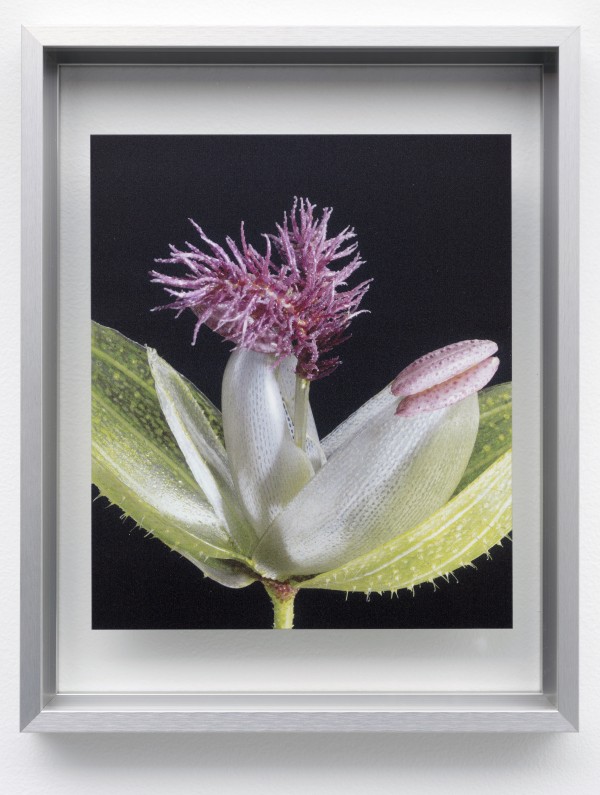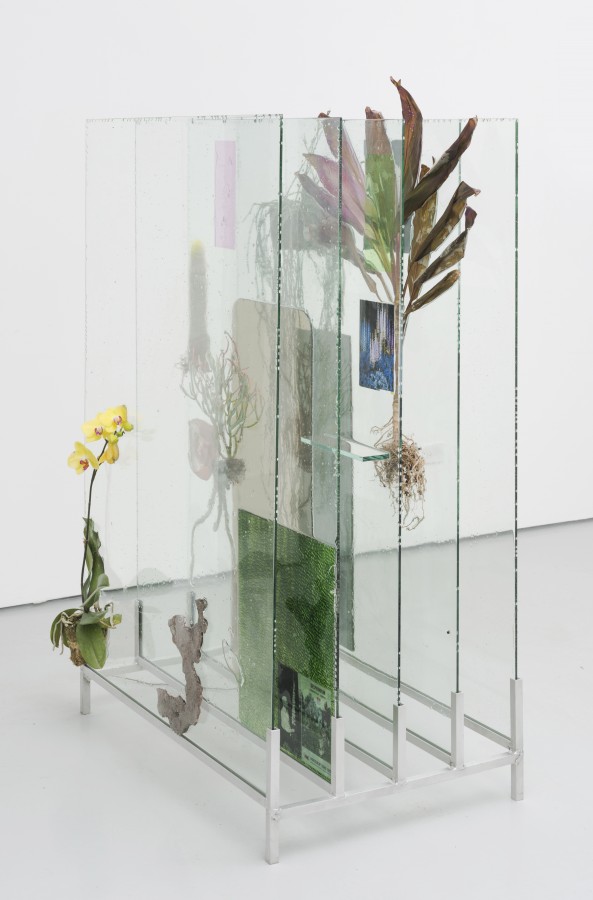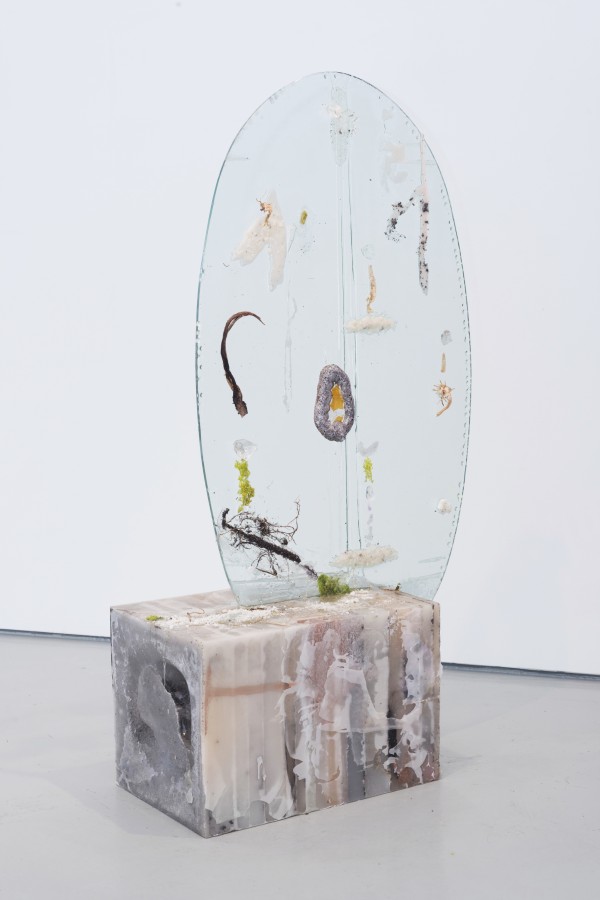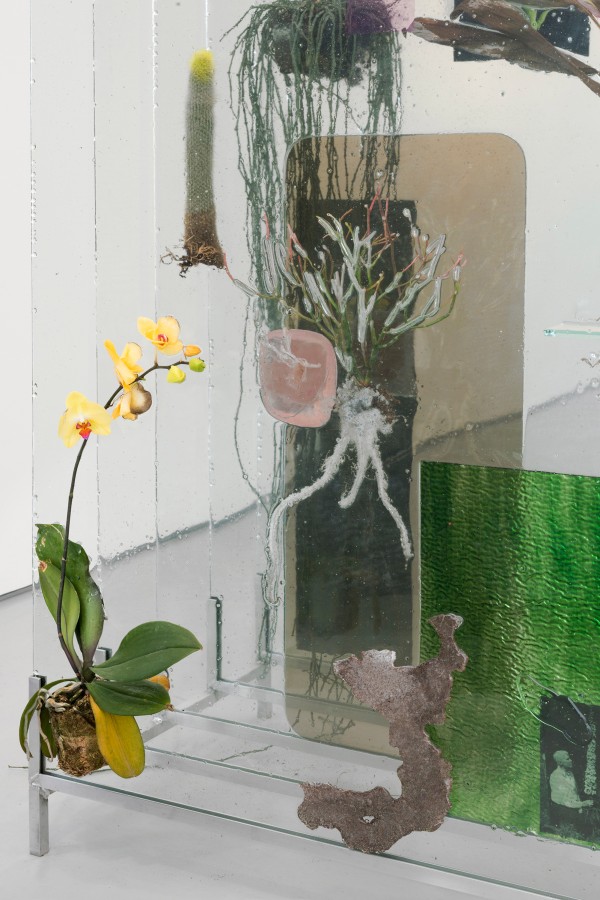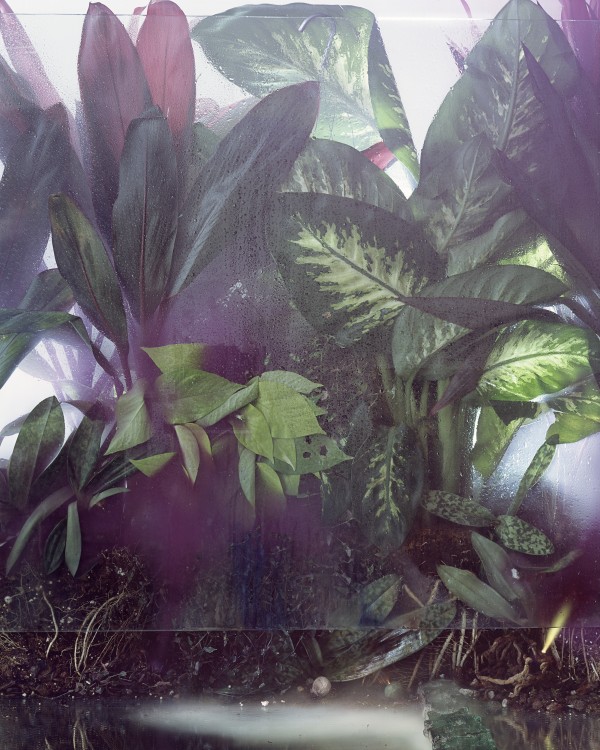Heidi Norton
Saturday, 3 May 2014
Work from to Threptikon.
“If all continued to grow and grow, if there were no death, the world would be monstrous.
My father wrote a home remedy on a piece of paper in 1977, the year I was born. It was folded and pressed like a dried-up flower in a Fox Fire book he sent me in the mail. It spoke of cobwebs, bacon, and muslin, a supposed natural remedy for a wound made by a rusty nail. A year after I received the note I showed it to him and he refused to believe he wrote it. My parent’s past went missing, they wrote their own self-mythology, retrospectively, using time and space to distance themselves from their previous life as homesteaders. My work is in part an attempt to reclaim their time lost. Through the mediums of photography, sculpture, and painting my work speaks to the instability and liminality of time, while investigating ideas of preservation through material and modes of display.
Plants and light become the primary mediums, as does glass, resin, wax and detritus (literally dirt from my studio floor). The plants act as a metaphor for larger, macro ideas of nature and its ecological cycles–of its impermanence and futility. Houseplants are encased, pressed, or “frozen” using materials that speak directly to histories of preservation. Light and it’s phenomenological (via the viewing experience) and physical effect, go hand in hand. The silver halide crystals of a photograph can trap light, just as the photoreceptors of a plant absorb light during photosynthesis. As the plants move through ecological spans of time, the works’ physical form expands and compresses.
The relationship between image and object is cyclical and malleable. Material is deconstructed and folded into new works, objects become photographs and photographs become objects, each activating and demanding a new space. The studio is the activation site. It’s hybridity between plant study and art production is a constant negotiation. It has provided insight into my process, helping me realize that I have different ways of performing and producing. The photographic process is methodical and structured, allowing me to use the lens to distort, skew and disrupt space and time–to fix, to sterilize, to make permanent. The sculptural process is one of improvisation, of reaction, of movement, of change. Glass is broken, resin is recycled, dead plant is plucked, and impressions of the studio are lifted and layered into new works.” – Heidi Norton
